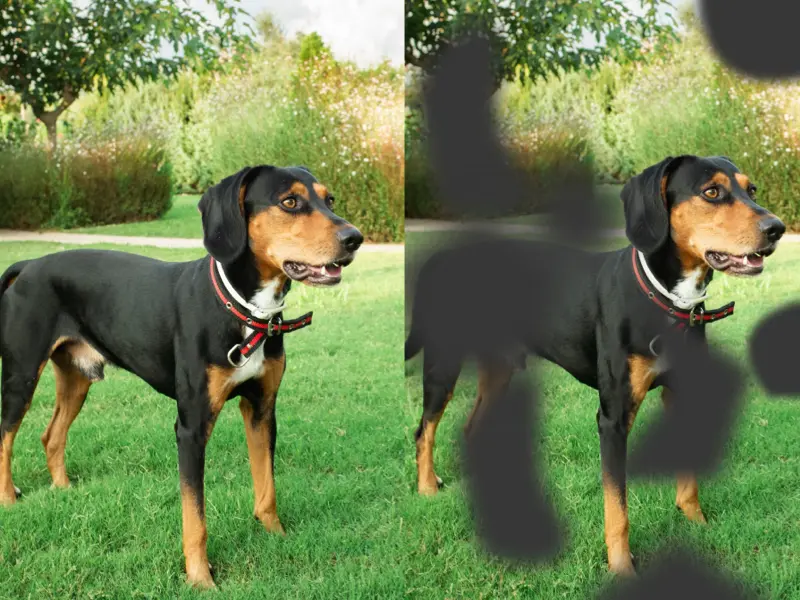It’s difficult to notice any symptoms of diabetic retinopathy in the early stages; however, routine eye examinations and early detection of any early signs of the condition can be picked up during diabetic eye screening.
Some of the common symptoms of diabetic retinopathy are seeing shapes or floaters in your field of vision, blurred vision, difficulty seeing in the dark, etc.
The most basic way to prevent the disease from getting worse is by controlling blood sugar and cholesterol levels and getting medical advice quickly if you notice any changes in your vision.
Many eye diseases, such as glaucoma and age-related macular degeneration, have no symptoms in the early stages, which is why early treatment is important before these conditions become serious.
There may be no cure for genetic eye conditions, but there are treatments to help you cope with and even minimize the effects of these diseases. In most cases, early detection and intervention can have a positive impact on your vision.
Early diagnosis means early treatment, and early treatment means a better long-term prognosis for patients with retinitis pigmentosa and macular degeneration (the two leading causes of blindness in children).
Treatment options vary depending on the underlying condition and how severe it is. Genetic eye conditions that cause symptoms and vision loss may be treated with surgical procedures, medications, or other therapies to improve your vision and reduce symptoms. Genetic eye conditions that don’t cause symptoms may only need monitoring by an ophthalmologist to ensure there are no other problems.









